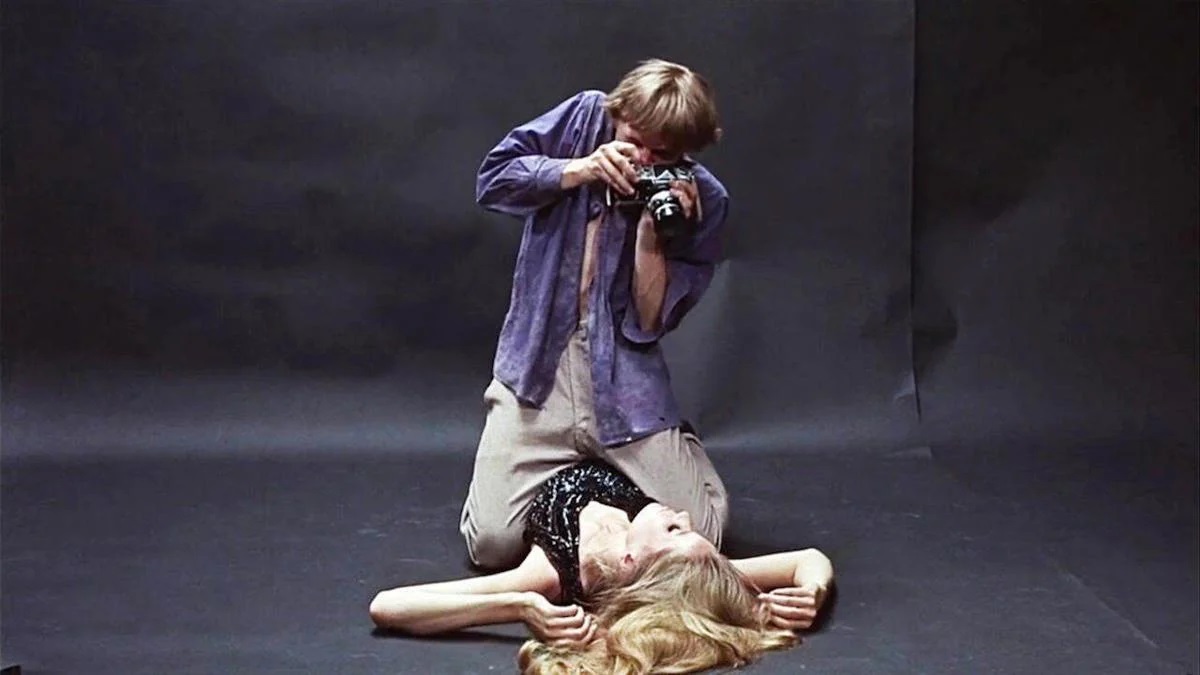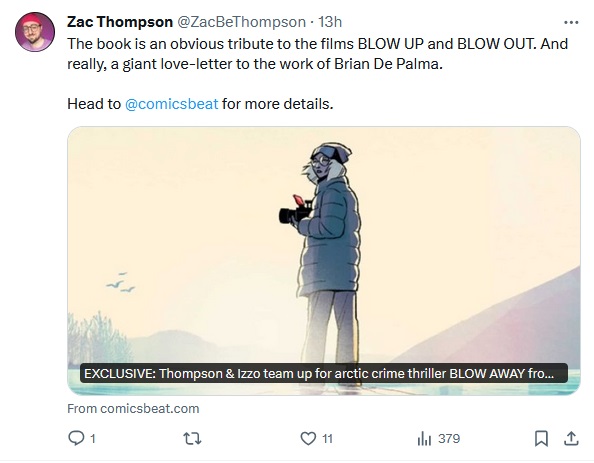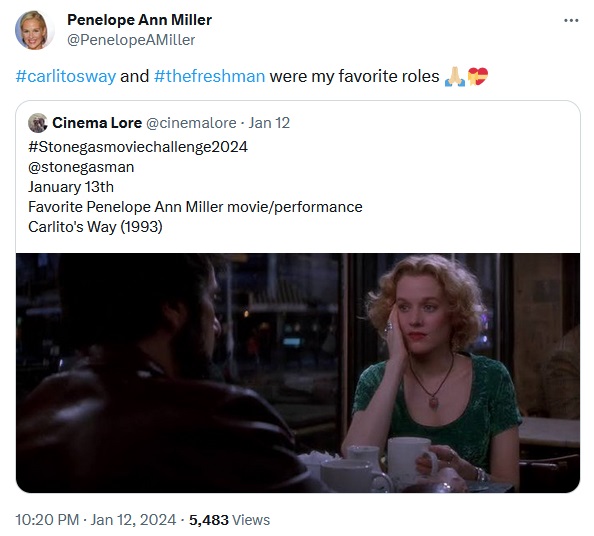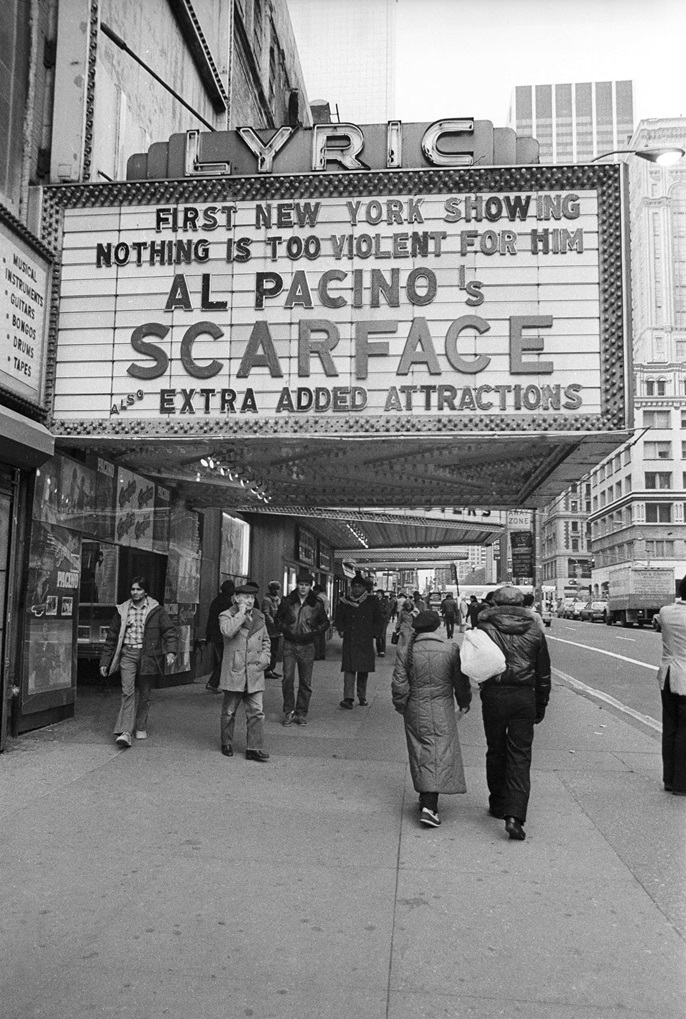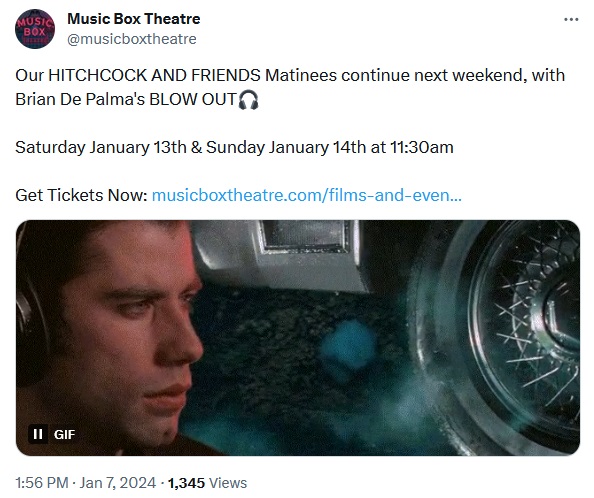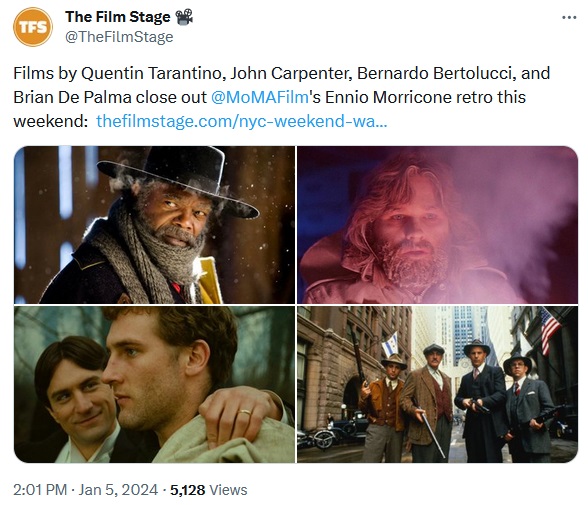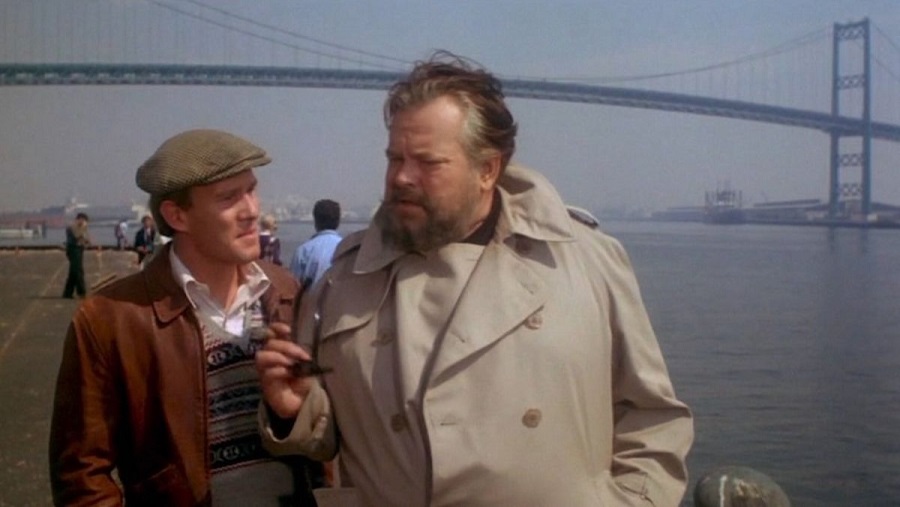DAVID EHRLICH REVIEWS AARON SCHIMBERG'S 'A DIFFERENT MAN'
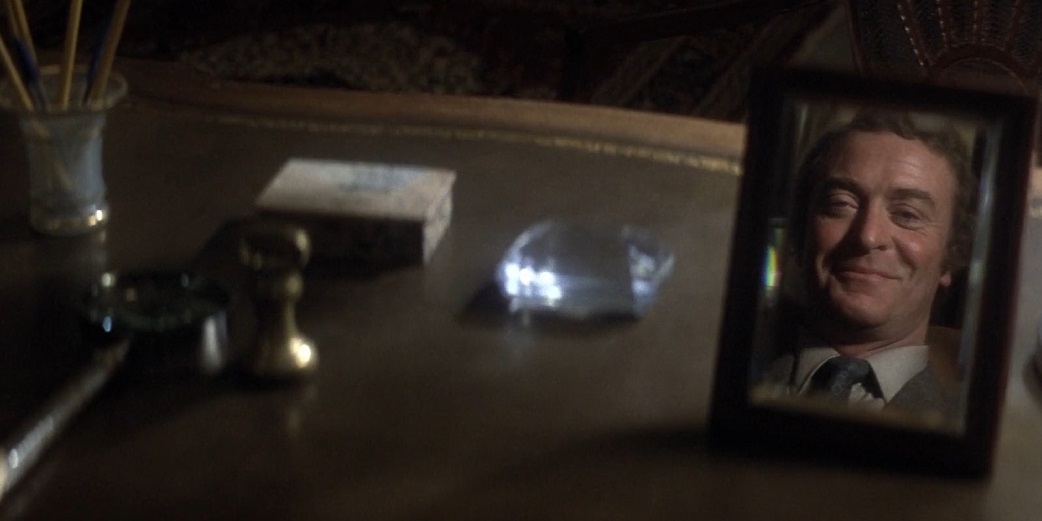
IndieWire's David Ehrlich reviews A Different Man, following the film's premiere this past weekend at Sundance:
A caustically funny cosmic joke of a film about an insecure actor who finds a miracle cure for his facial disfigurement, only to be upstaged by a stranger who oozes self-confidence despite (still) having the exact same condition the main character had once allowed to hold him back, Aaron Schimberg’s ruthless and Escher-like “A Different Man” might have felt cruel if not for how cleverly it complicates its punchline.Are we supposed to be laughing at someone — someone who’s been treated like a monster for his entire adult life — just because they couldn’t resist the opportunity to shed their skin? Anyone familiar with Schimberg’s “Chained for Life,” which similarly defenestrated the notion of disabilities as “God’s mistakes,” already knows the answer to that question. Besides, who among us would pass up the chance to look like Sebastian Stan?
In that light, it’s more tempting to interpret “A Different Man” as a dark and damning satire of our social conditioning, which has convinced us to see asymmetry as ugliness, and internalize ugliness as inhuman. But while that might be a more accurate distillation of what Schimberg is doing here, leaving it there would fail to convey the full ambition of a deliriously surreal psycho-thriller that complicates its own identity at every turn. By refracting Brian De Palma’s self-reflexiveness and the Coen brothers’ mordant fatalism through the prism of his most personal obsessions, Schimberg creates a house of mirrors so brilliant and complex that it becomes impossible to match any of his characters to their own reflections, and absolutely useless to reduce the movie around them to the stuff of moral instruction.
If “A Different Man” starts by preying upon the same kind of pity that backstopped the likes of “Wonder,” “Freaks,” “The Elephant Man,” and any number of other films about how atypical-looking people have feelings too, it almost immediately begins weaponizing that pity against the audience — as an impediment to empathy, rather than a pathway to it. You will feel bad for Edward by the time this movie arrives at its perfect final line, but not for the reasons you think.
The movie’s first scene also makes us feel bad for Edward in similarly unexpected ways. Our concern isn’t focused on his neurofibromatosis (which has caused non-cancerous tumors to grow around the nerve tissue inside his face, swelling it in every direction at once), but rather that Edward’s condition has forced the wannabe actor to take a role in a Kaufman-esque PSA about the protocols of working with disfigured people. After all, the only real precedent for someone like him to succeed in the movies is probably “Under the Skin” breakout Adam Pearson (a dead ringer for Edward), though it’s unclear if that film exists in this film’s alternate-reality New York, a semi-heightened place which feels almost as blithely hellish as the nowhere city in “Beau Is Afraid.” The closest Edward can get to his dreams is performing an exaggerated version of himself in a project written by — and for the benefit of — the same people who make him scared to leave his dilapidated apartment. “Fear is a reaction,” someone insists. “Courage is a choice.”
Another instructive quote is waiting for Edward when he gets back home, as his greasy super reminds him that “All unhappiness in life comes from not accepting what it is” (words of wisdom that he attributes to Lady Gaga). So while Edward is delighted to find that a free-spirited Norwegian beauty named Ingrid (“The Worst Person in the World” star Renate Reinsve) has moved into the apartment next door, his instant crush is tempered by the reality of the situation — a reality that persists even after she invites him inside and intimately squeezes out the blackheads on his nose.
Maybe Ingrid, who has an endless rotation of strange men to choose from, simply doesn’t see Edward as a sexual being. Or maybe she develops feelings for him too, but denies them to herself because he’s not the kind of guy a woman like her “should” want. Or maybe the manic pixie dream girl energy that Edward projects onto her masks the fact that she’s a narcissistic sociopath who has no regard for other people’s feelings? It’s hard to see things clearly under so many layers of social coding, and Umberto Smerilli’s woozy, clarinet-driven score makes hard truths melt away like warm butter sliding off a knife.
It won’t be long before Edward’s face disassembles in similar fashion. A single trip to a De Palma-coded doctor’s office sets him up with an experimental pill that could reverse his condition, and — just a few days later — Mike Marino’s remarkably life-like makeup begins to peel off in clumps of raw flesh, revealing that Sebastian Stan has been hiding beneath Edward’s tumors the whole time.
Unsurprisingly, some things come pretty easy when you look like Captain America’s BFF. Bar bathroom blowjobs from people you’ve just met. A lucrative career in real estate. But “Guy” — as Edward creatively renames himself after faking his own death — can’t shake the feeling that something isn’t right. Why did the guy who used to live across the hall from him hang himself even though he had a hot girlfriend? When an ice cream truck had to drive on the sidewalk in order to squeeze past the ambulance that came to fetch the body, why did the whole scene feel like such a wickedly cutting metaphor for Edward’s entire future? And when Guy discovers that Ingrid has written an off-Broadway play about Edward’s life and eventual suicide, why can’t he stop himself from auditioning?
Some movies unfold in such a fun way that it can be easy for critics to indulge in the second-hand high of relaying their plots, but I promise that I haven’t spoiled anything beyond the basic setup to a film whose pleasures rely less on surprise than the satisfaction of watching something inevitable unravel into just the right shape.




